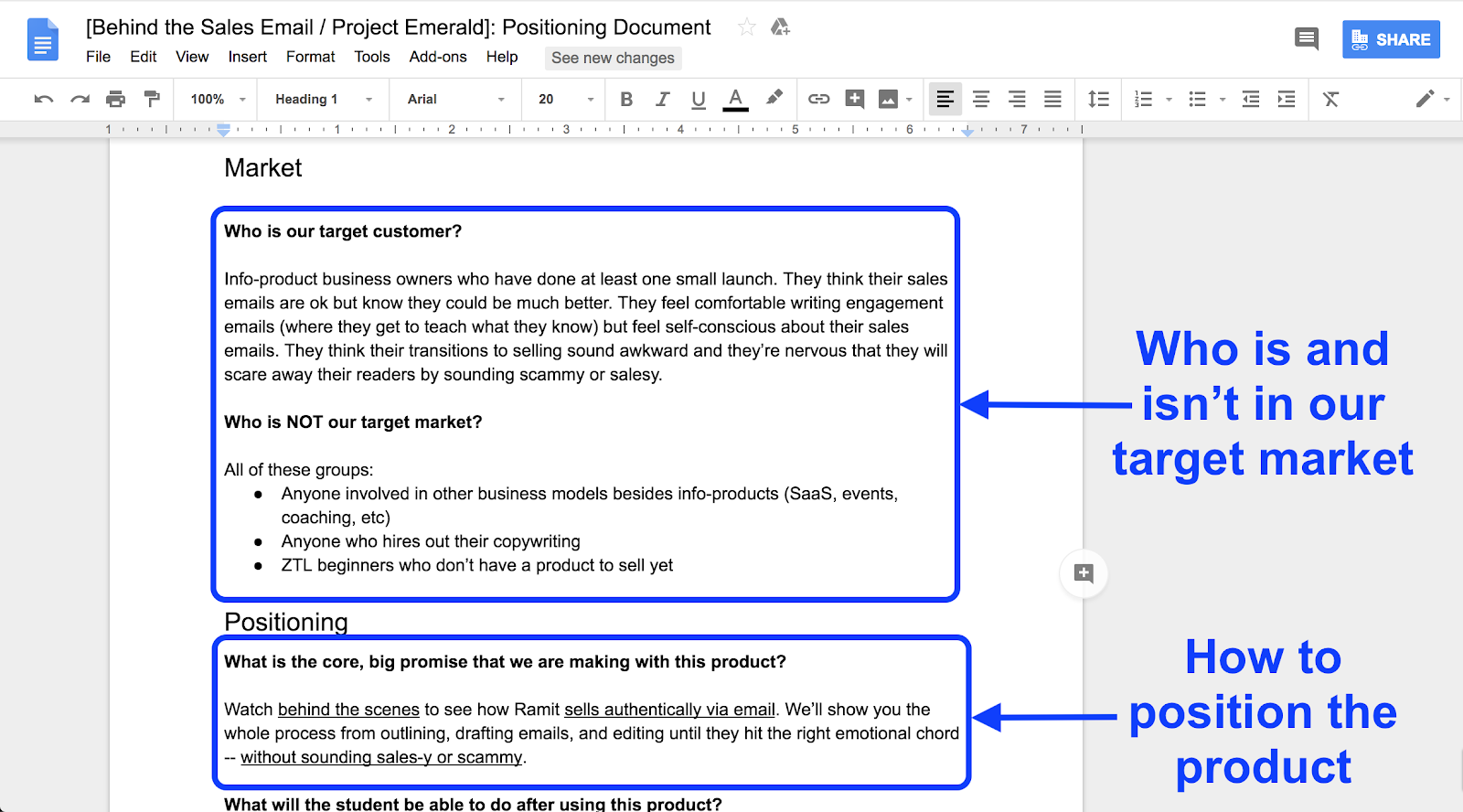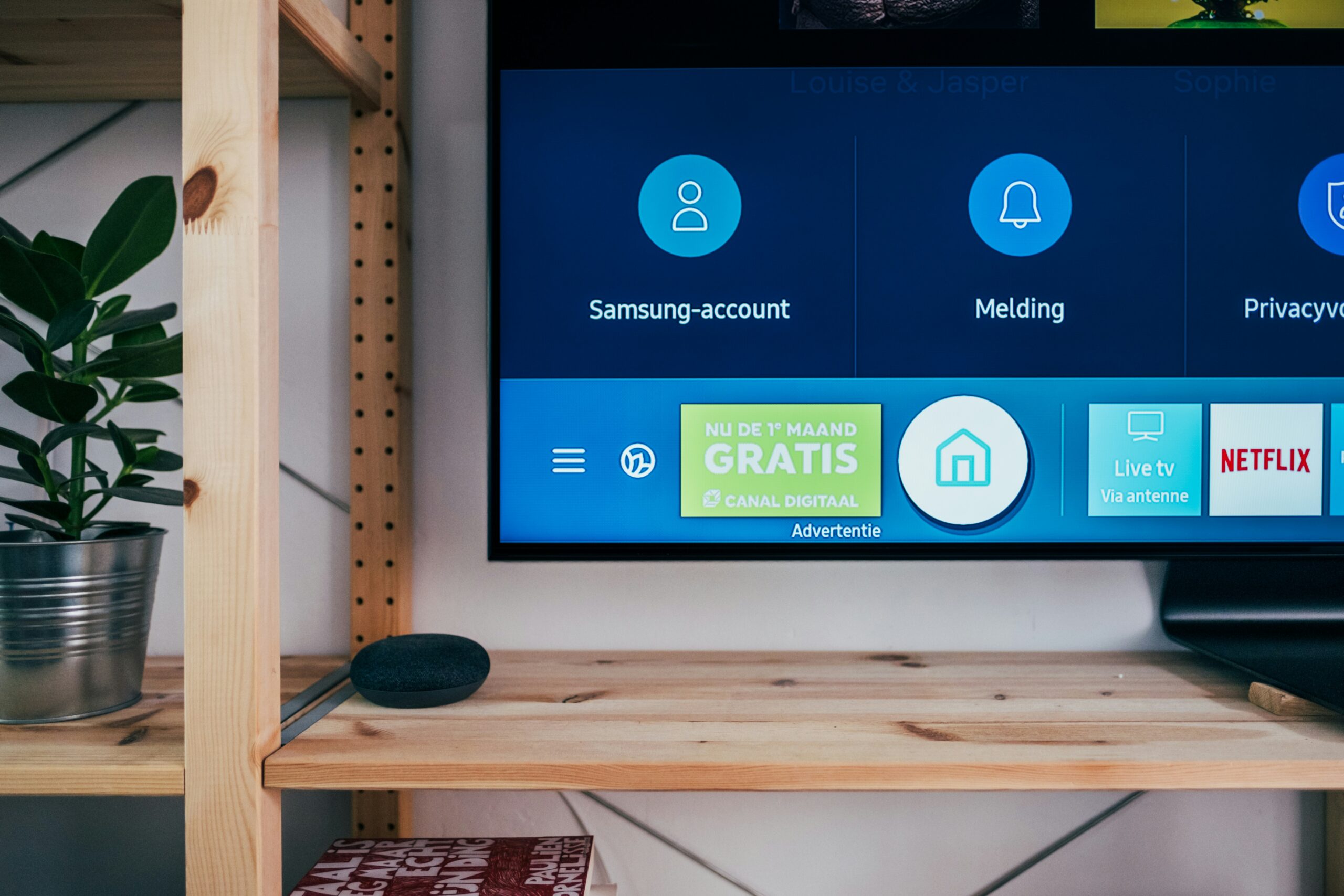
How we create a 7-figure information product
You just created your first product. You devoted countless hours perfecting the copy on your sales page. And you even got your mom to beta test it for you (isn’t she wonderful?).
Now it’s finally time to launch!
But wait — your product isn’t selling. You’ve double-checked your payment system’s working. You even made sure people were reading your sales page.
You’re on the verge of grabbing your laptop, shaking it, and screaming, “WHAT’S GOING ON?”
Chances are the system you used to create your product (if you used one at all) was flawed. At IWT, we’ve seen this happen MANY times before with our students and even ourselves.
We’ve released dozens of products that have earned us MILLIONS (and continue to do so). And it isn’t just coincidence. It’s the result of our team of Top Performers who’ve nailed a system for creating products people clamor for.

Now, we want to show you that system:
How to create a product people LOVE
We develop our products in three distinct phases:
- Market research
- Product validation
- Final production run
This is the exact system we use to create both low-end products ($500 or less) and high-end products ($2,000+).
One note before we begin: We have an entire team of product developers. These people are some of the best minds on human psychology in the industry — and they’ve helped build a system to create products that work for IWT and GrowthLab. But the principles they use can be implemented by a team of 1 or 1,000.
Let’s dive in.
Phase 1: Market research
GOAL: Find the positioning for a potential product
If you want to create a successful restaurant, what do you need?
Good food? Great chefs? Amazing atmosphere?
None of the above. What you need is hungry customers.
It doesn’t matter if you get everything else right. If there’s no one out there who actually wants your product, then you’ve lost before you even started.
Positioning solves this. It allows you to find out what benefits your readers would kill for so you can give them exactly that.
Think of it as the difference between Porsche and Honda. Both sell cars meant to get you from point A to point B. However, they project entirely different positions to the world. One provides high-end, luxury vehicles, while the other gives you a reliable and cost-effective driving experience. They’re both in the same product category but are positioned to provide customers entirely different benefits.
The first phase of IWT and GrowthLab’s product development process is to find the positioning for a product idea via market research. This is crucial. If you just run with the first positioning that “feels right” for your product without making sure it’s what your market wants, you won’t know if it’ll sell.
We’ll do this by accomplishing three projects:
- Competitor research. This means scouring Amazon, Reddit, Quora, and every adjacent site to take note of what we notice, who they are targeting, and how they are successful. This allows us to see areas to improve, find out what else is serving potential customers, and find things we can use in our own products.
- Surveys. Our product developers craft surveys of five to ten questions that help us collect trends in the market. These answers are crucial to helping us get a sense of what people’s pain points are, what they want from a product, and how we approach asking them questions in the 1:1 calls — which brings us to…
- 1:1 customer calls. These calls focus on a set of open-ended questions regarding the issues a customer is experiencing, the solutions they’ve turned to, and how they feel towards the problem. This is critical to helping us find the problem that the market is experiencing that’s actually worth solving. Remember, we need hungry customers. This helps us see if they’re there.
The product developers create a “positioning document” based on our findings from these three areas. This document contains information regarding:
- Our customer demographic
- What their hopes, desires, and dreams are
- What their fears, frustrations, and pain points are
- What issues they’ve encountered
- Solutions they’ve tried
- How our product can help them
- What separates us from our competitors
Want to build a business that enables you to live YOUR Rich Life? Get my FREE guide on finding your first profitable idea.
If our developers notice a theme in the surveys or 1:1 calls, they’ll note it in the positioning document.
So when you’re doing this, ask yourself: What recurring themes am I seeing? What song are customers singing over and over again?
Check out this excerpt from our positioning document for our course Behind the Sales Page:
Phase 2: Product validation
Goal: To confirm three things:
- Customers want and are able to pay
- We cover the topics in the product
- The product delivers the results we promise
By the end of this phase, we want to completely validate the product so we’re confident it’ll perform well during a full launch.
And we do this by finding customers who want to pay, making sure we cover the topics they’re looking for in the product itself, and delivering the results we promise.
We will perform a few validation tests per month. These tests vary in their scope but can include things such as:
- 1:1 consulting calls. These are to see if we can get a few former students to implement the frameworks of our product.
- An advisory councilmade up of five to ten students who fit in the target market for the product. They’re found through means like surveys, students we know, etc. This helps give us real-time feedback as we develop the content.
- Pre-sales. Before building the launch or even the product, we might go to current students and offer them a one-time discount if they purchase an early version of the product. This includes weekly calls where we answer questions and see where people get stuck.
The bulk of our time is spent on this phase. It’s very important to make sure we have a viable product that people want before we try to sell it. No matter how long it takes, we will end with a final draft of the positioning document, a table of contents for the curriculum, and our ten raving fans who LOVE our product.
Any major problems that were unearthed during the validation process should be cleared. Only then will we move onto the last phase:
Phase 3: Final production run
Goal: Launch a finished product
So we’ve researched our product, did a deep dive into our market, and validated the everliving pulp out of it. Now, it’s finally ready for the final phase.
Luckily, we don’t have to worry as much about getting feedback from our market. Since we spent the last two phases and untold hours validating and researching, we know that our product will resonate with our audience on a visceral level.
This leverages one of our favorite systems: Front-loading the work. Since we already did all of the work making sure our product will hit, we can sell it confidently.
The main goal in this last phase is to polish all the content and get the product ready for a full launch. With that, we want to make sure we finalize the major stages for the product launch:
- Name, logo, and brand style guide
- Course table of contents
- Video scripts written and approved for every video
- Video shoot
- PDFs and any extra content written
- Customer emails written
- Course wrapper copy written
- Deliverables from other teams including the sales page, order forms, customer drip campaign, launch emails, launch webinar, etc.
This all moves at a faster pace than the previous two phases since we already know what works. This is more about cleaning up what we have. Once everything is created and approved by our leadership team, we can finally launch.
The power of positioning
What do you notice about the three phases we go through to create amazing products?
If there’s one thing to glean from this, it’s this:
Success in online business comes from sharing ideas that resonate with your audience.
That’s why we spend so much time on market research and validation. We want to make sure we strike a nerve in our market. Only then can we expect our product to do well.
You’re like a doctor diagnosing a problem. Don’t blindly guess what they need. Find out what they’re struggling with, their fears, the emotions that keep them up at night. Only then can you give them exactly what they need.
To help you connect with your customers, we helped create something for you:
Positioning Breakthroughs
This FREE PDF is a field report from a Zero to Launch student on how she learned to make her business stand out.
In it, you’ll learn:
- How to create an irresistible offer that your market can’t wait to buy
- The one thing you can do to guarantee customers for life (Hint: we do this all the time)
- How to build a brand that instantly connects with your customers on an emotional level
Written by Ramit Sethi
Host of Netflix's "How to Get Rich", NYT Bestselling Author & host of the hit I Will Teach You To Be Rich Podcast. For over 20 years, Ramit has been sharing proven strategies to help people like you take control of their money and live a Rich Life.



